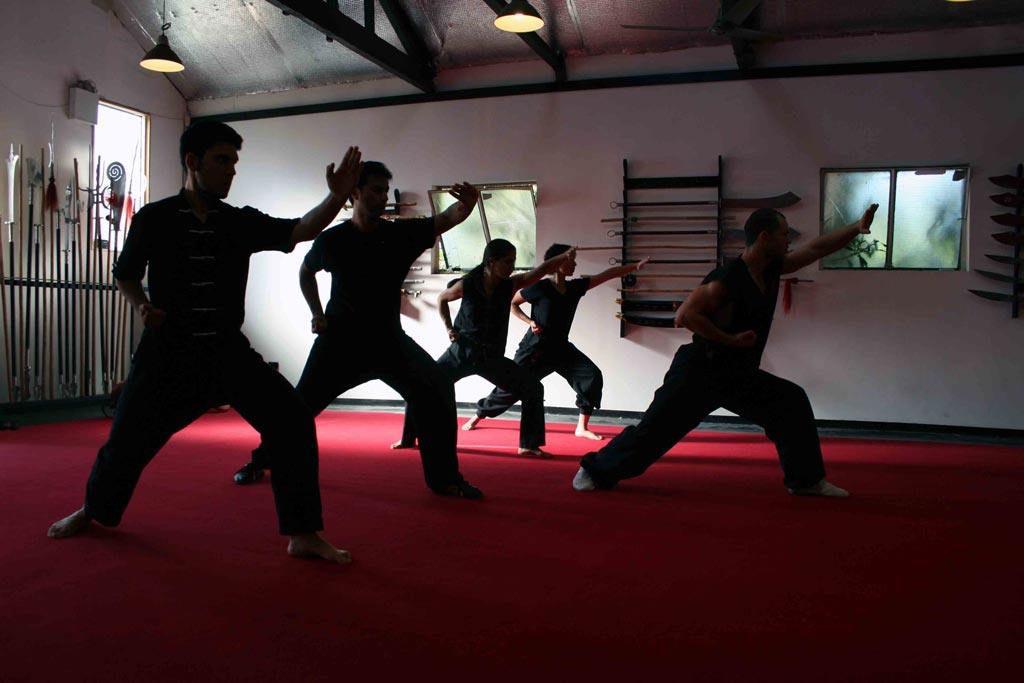Martial arts have always been more than just physical combat techniques; they embody philosophy, culture, and personal transformation. Among the many martial traditions, Kung Fu holds a special place due to its rich history, deep spiritual roots, and enduring influence across the world. From the temples of ancient China to modern training centers today, it continues to inspire practitioners seeking discipline, health, and self-defense.
Understanding the Essence of Kung Fu Martial Arts
The practice of Kung Fu Martial Arts is not only about fighting techniques—it is a comprehensive system that emphasizes balance between body, mind, and spirit. Rooted in centuries-old traditions, Kung Fu encompasses diverse styles that draw inspiration from nature, philosophy, and human movement. It is as much about cultivating patience, respect, and resilience as it is about mastering powerful kicks, punches, and stances.
A Journey Through History
Kung Fu is one of the oldest forms of martial arts, with origins stretching back thousands of years in China. Its development was closely tied to the Shaolin Temple, where monks refined techniques for both self-defense and spiritual discipline. Over time, these practices blended with Chinese philosophy, particularly Confucianism, Taoism, and Buddhism, resulting in a martial art that is as philosophical as it is physical.
The evolution of Kung Fu also gave rise to countless styles—such as Wing Chun, Hung Gar, and Shaolin Kung Fu—each with its unique movements, principles, and strategies. Some styles are characterized by soft, flowing motions, while others focus on power and precision. Together, they represent the diversity and adaptability that define the art.
The Philosophy Behind the Practice
At its core, Kung Fu is about self-mastery. It teaches that discipline, patience, and respect are essential in all aspects of life. The principles of balance, harmony, and perseverance extend beyond the training hall, influencing how practitioners interact with the world around them.
- Balance: Maintaining equilibrium between physical strength and mental clarity.
- Respect: Honoring teachers, fellow practitioners, and the traditions of the art.
- Discipline: Regular practice and dedication as the foundation of progress.
- Resilience: Building strength not only to overcome physical challenges but also personal struggles.
These values make Kung Fu not just a martial art, but also a way of life.
Training and Techniques
Kung Fu training is rigorous and comprehensive. It typically includes:
- Stances: Foundational postures that build strength, stability, and endurance.
- Forms (Taolu): Pre-arranged sequences of movements that simulate combat situations and enhance coordination.
- Striking and Defense: A variety of punches, kicks, blocks, and counterattacks.
- Weapons Training: Traditional tools such as staffs, swords, and spears that extend the art’s versatility.
- Conditioning Exercises: Physical drills to improve agility, flexibility, and stamina.
The training process is designed to sharpen both the body and the mind, gradually developing the practitioner into someone who embodies confidence and control.
Health and Fitness Benefits
Beyond self-defense, Kung Fu offers a range of physical and mental benefits:
- Strength and Flexibility: Stances and movements improve muscle tone and joint mobility.
- Cardiovascular Health: Intense training sessions enhance stamina and heart function.
- Stress Relief: The meditative aspects of practice calm the mind and reduce anxiety.
- Focus and Concentration: Precision techniques require mental clarity and sharp attention.
- Self-Confidence: Mastering complex forms and techniques builds personal confidence and discipline.
Kung Fu in Modern Culture
Kung Fu has transcended its traditional roots to become a global phenomenon. It has influenced cinema, popular culture, and even other martial arts. Legendary practitioners and performers introduced the art to international audiences, highlighting not only its combat effectiveness but also its beauty and philosophy. Today, Kung Fu schools exist around the world, preserving traditions while adapting to modern lifestyles.
The Spiritual Dimension
Many practitioners view Kung Fu as a spiritual journey. The practice often integrates breathing techniques, meditation, and mindfulness exercises, connecting the art to inner peace and self-discovery. This dimension makes Kung Fu more than a physical pursuit—it becomes a practice of personal growth and spiritual balance.
Challenges and Rewards of the Path
Kung Fu requires patience and persistence. Progress can be slow, with mastery taking years of dedicated effort. However, the rewards are profound. Beyond physical ability, practitioners gain resilience, humility, and a deep appreciation for discipline. These qualities carry into everyday life, shaping character and outlook.
Looking to the Future
As interest in health, fitness, and mindfulness grows worldwide, Kung Fu continues to remain relevant. Its combination of tradition, philosophy, and practical self-defense appeals to new generations seeking both physical fitness and personal enrichment. Technology has also expanded access, with digital platforms offering virtual training and resources for those unable to attend in-person classes.
Conclusion
Kung Fu is not simply a martial art—it is a living tradition that teaches strength, discipline, and harmony. Its techniques may have been born out of necessity for self-defense, but its essence lies in cultivating balance between body and mind. Whether practiced for fitness, philosophy, or self-protection, Kung Fu remains a powerful path to personal growth and resilience. For centuries, it has inspired practitioners to strive for mastery not only in combat but in life itself, making it one of the most respected and enduring martial arts in the world.




